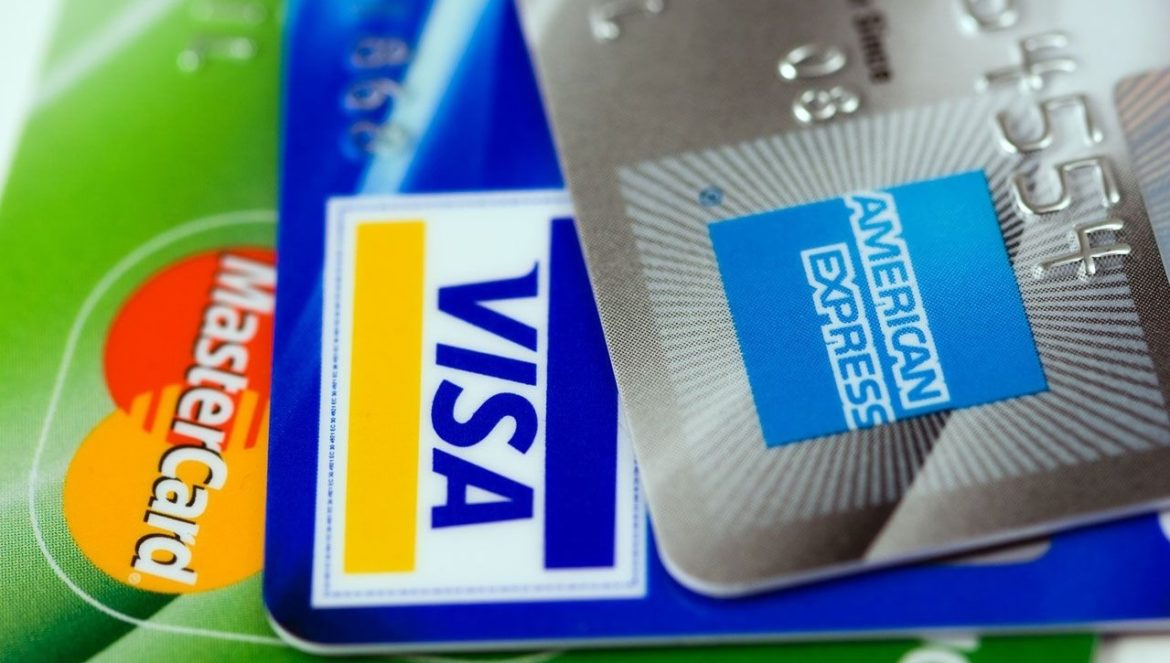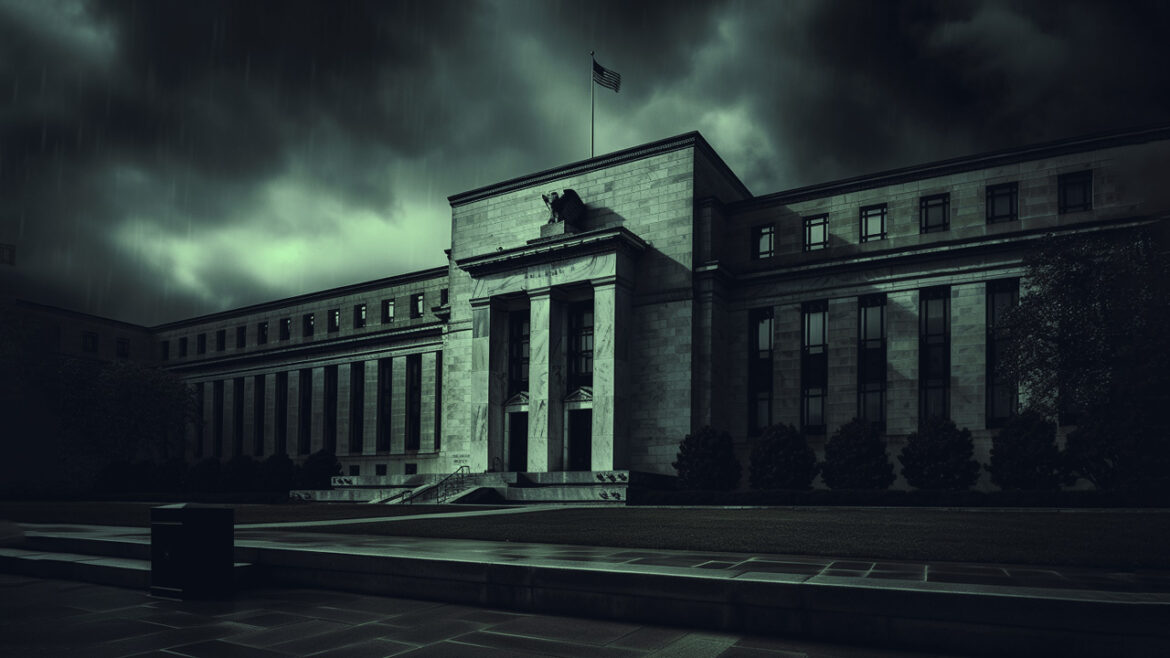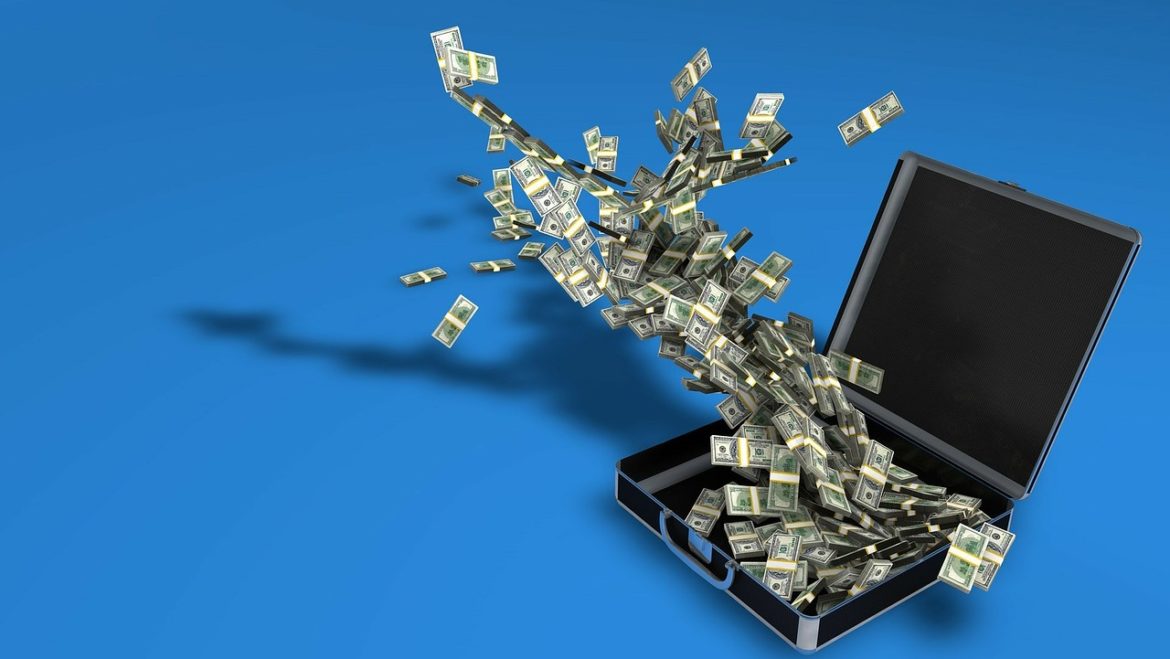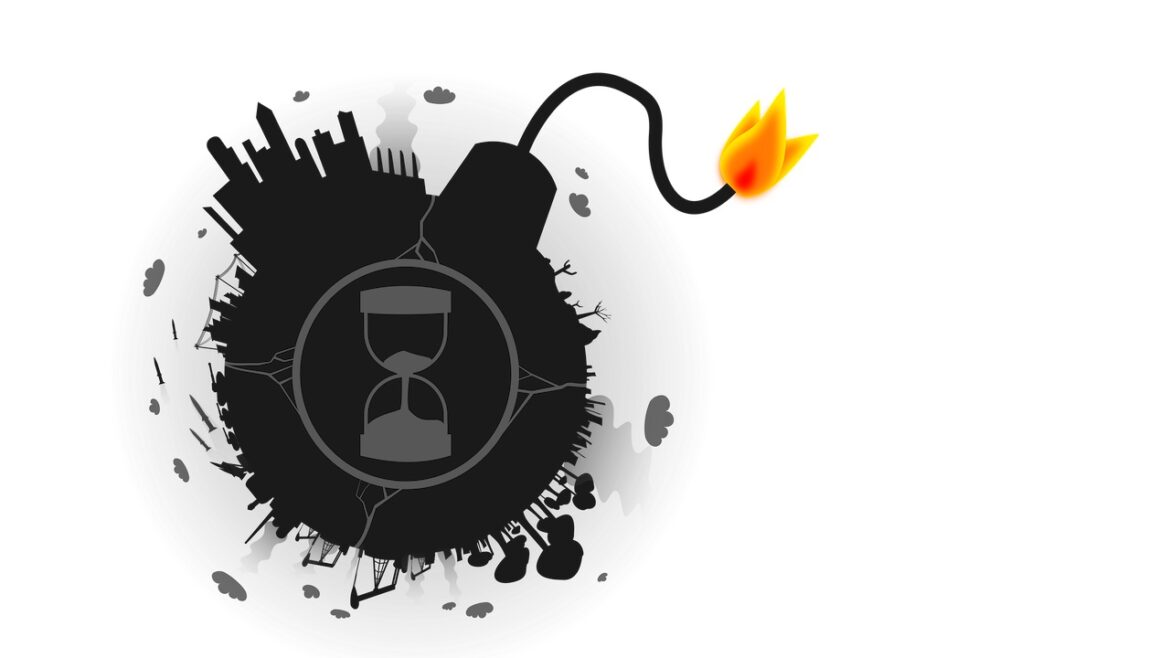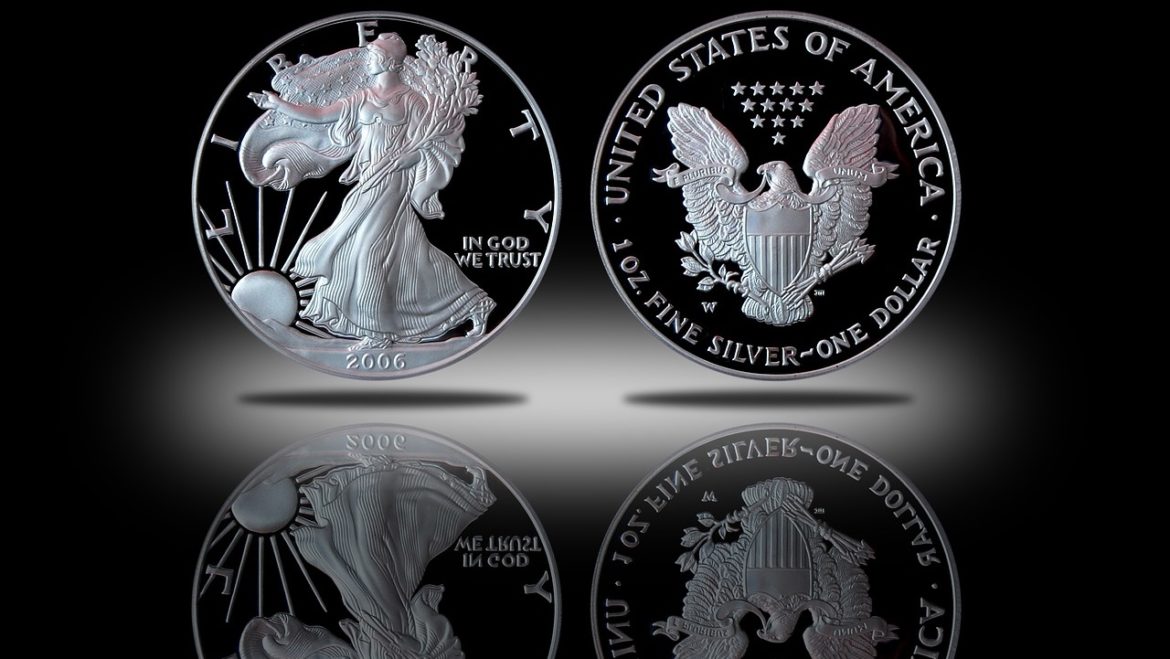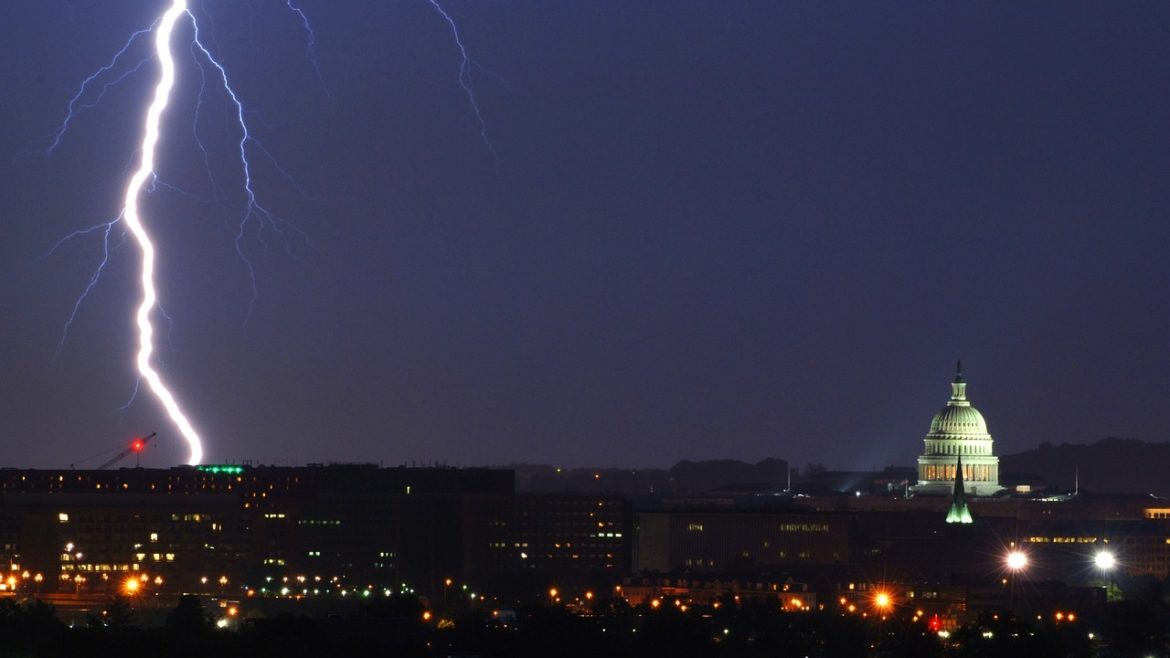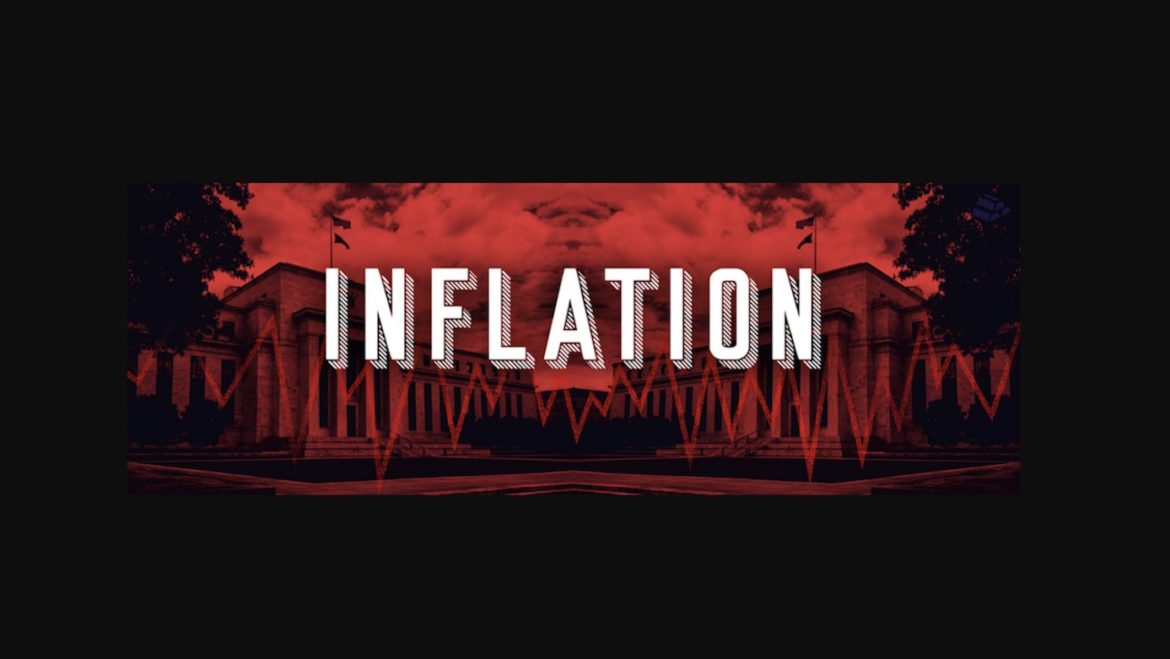Americans are worried about a looming credit crunch. That’s a big problem for an economy that runs on credit cards.
One of the reasons for economic optimism you’ll hear bandied about out there in the mainstream is “the American consumer is strong” and consumer spending is “holding up” despite price inflation. But nobody seems to ask an important question: how have Americans been able to continue spending?
Last week, a federal grand jury indicted Democrat Senator Bob Menendez and his wife Nadine Arslanian Menendez on bribery charges. According to the indictment, the senator and his wife took bribes, including 13 gold bars, from three New Jersey businessmen with Egyptian ties.
The Federal Reserve held interest rates steady at the September FOMC meeting, but the committee indicated that it plans to hold rates higher for longer than originally projected.
As you digest the Fed meeting, it’s important to remember that there is a big difference between “saying” and “doing.”
The Federal Reserve continues to bail out US banks as the financial crisis that kicked off last March continues to smolder behind the walls.
Banks borrowed an additional $2.2 billion from the Federal Reserve’s bank bailout program in August. This was on top of the $3.7 billion they borrowed in July.
Do you hear that? It’s a ticking time bomb.
Last Friday, the national debt quietly blew above $33 trillion.
As of September 15, the outstanding federal debt stood at a cool $33,044,858,730,468.04.
A commenter on the SchiffGold Facebook page recently asserted that silver coins are “junk.” Why? Because as he put it, “silver is not rare,” and, “The silver/gold ratio investment premise is obsolete in this industrial, computerized and AI world.”
What should we make of these assertions?
The federal government charted a surprising budget surplus in August.
But don’t be fooled. The feds didn’t miraculously fix their deficit problem.
The Biden administration continued to spend money at an unsustainable pace last month. The surplus was merely a function of the reversal of student loan forgiveness.
About that disinflation…
It was transitory.
As we predicted, a jump in gasoline prices helped drive the August Consumer Price Index (CPI) higher, throwing cold water on the disinflation narrative.
The Federal Reserve is losing money.
That means the American taxpayer is losing money.
In most instances, a business bleeding red ink has a big problem and could ultimately go under. Not so for the Fed. In fact, losing money isn’t a problem for the central bank at all. But it is a big problem for the US government.
In July, the mainstream financial media breathlessly reported that consumer spending was “holding up” based on better-than-expected retail sales. But how did consumers manage to spend all of that money?
They borrowed it.
After a pause in June, American consumers went back to charging up their credit cards in July.



